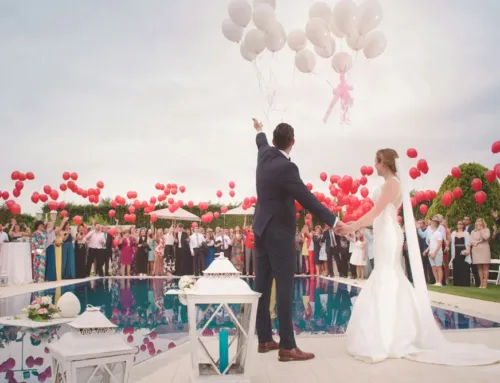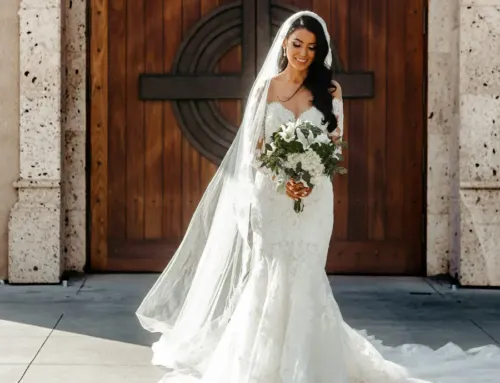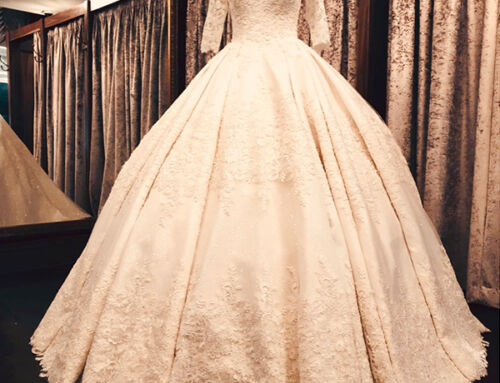
Your wedding day is one of the most important moments of your life – and your dress should reflect that. While choosing the perfect gown is a huge milestone, the real transformation happens during alterations. Wedding dress alterations ensure that your gown fits like a dream, highlighting your best features and making you feel truly special. After all, no two brides are the same – and no dress should be, either.
Why Alterations Are Essential
Most wedding dresses are made in standard sizes, which rarely offer a perfect fit right off the rack. You might find the ideal design, but if it doesn’t hug your body in the right places or feels uncomfortable, it can take away from your big day. Alterations bridge the gap between a beautiful dress and your beautiful dress.
Common Wedding Dress Alterations
Here are the most frequent (and essential) alterations that bring bridal gowns to life:
Taking in or letting out the bodice: Whether you’ve lost a few pounds or need more room for comfort, adjusting the bodice ensures a snug and supportive fit.
Hem adjustments: Your dress should gently graze the floor – not trip you up. Hemming is essential, especially if you’ve chosen new shoes after the fitting.
Bustle creation: A bustle lifts your train for the reception, so you can dance and move freely without damaging the dress. There are various types (over-bustle, under-bustle, French, etc.), so your seamstress can recommend the best one.
Strap or sleeve adjustments: Straps that slip or sleeves that pinch can distract you all day. Altering them provides comfort and confidence.
Reshaping the neckline: Want a sweetheart neckline instead of straight-across? It’s often possible – and can dramatically enhance the overall look.
Adding personal touches: Think sleeves, lace, appliqué, beading, or even modesty panels – your alterations can help customise the dress to reflect your unique style.
When to Start the Alteration Process
Timing is crucial. Most brides need 2–3 fitting appointments over a period of 6–8 weeks. Ideally, you should begin your alterations about 2–3 months before the wedding, though this can vary depending on the complexity of the dress and your availability.
Tips for a Smooth Alteration Experience
Choose an experienced bridal tailor: Wedding gowns are delicate and detailed – you want someone who knows how to handle them.
Bring the right undergarments and shoes: This ensures accurate adjustments for bust support and hem length.
Speak up: If something feels off during your fitting, say so. This is your moment, and comfort matters.
Don’t skip the final fitting: It’s your chance to check everything before the big day, and make any last-minute tweaks.
Costs to Expect
Prices vary based on the gown’s design, fabric, and level of alteration. It’s a good idea to factor alterations into your overall dress budget.
Conclusion
Wedding dress alterations aren’t just about fit – they’re about feeling your best. With expert tailoring, your dress will be more than just beautiful; it will be uniquely yours. So don’t worry if it doesn’t fit perfectly straight off the hanger – the magic happens in the fitting room.
Your dream dress is closer than you think. All it needs is a little nip, tuck, and love.



 Serving: London & Greater London
Serving: London & Greater London



